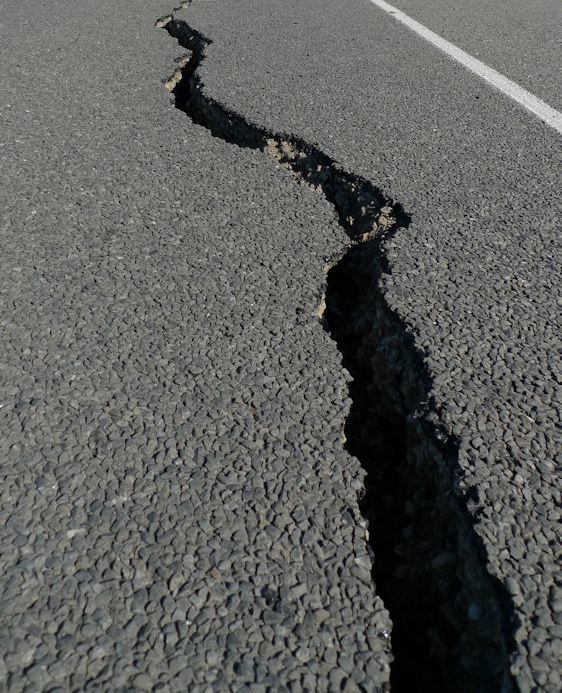Discover our Planet Earth and Beyond resources for NZ Curriculum levels 1 and 2 and find out why New Zealand is home to so many earthquakes and volcanoes.
New Zealand is often called the Shaky Isles – and for good reason. Scientists record around 15,000 earthquakes every year. Around 100 to 150 of these are big enough for us to feel. We also have a string of volcanoes that stretches from the top of the North Island down to the bottom of the South Island.
Science for junior students
Hub content developer and part-time primary school teacher Angela Schipper says, “When I let my year 4 class choose our science topic, they could not wait to study natural forces. The Hub has great earthquake resources, but they were designed for high school students. I modified existing articles to make them more suitable for primary school audiences.”
Earthquakes and volcanoes explains that an earthquake is a release of energy, and volcanoes are openings in the Earth’s crust.
Under the Earth’s surface is an introduction to the layers of the Earth and tectonic plates.
The moving Earth explores tectonic plates and the different ways they meet and move.
New Zealand volcanoes highlights the different types of volcanoes found in New Zealand and includes an interactive volcano map with images and geographic locations.
The articles are all tied together by the article Shaky scientists and engineers – short profiles of the people who work to keep us safe here in the Shaky Isles.
Hands-on learning and the use of models
Hands-on activities use simple models to explain some of the happenings inside our Earth. Angela reports that the student activities Models of the Earth and Tectonic sandwiches were big hits. Students created the edible science models in the afternoon. For homework, they had to explain the science to their families before consuming the models for afternoon tea.
Tectonic jigsaw puzzles and Calderas in the sandpit helped the students to visualise what was happening below their feet.
Angela comments, “The hands-on activities were exciting for students, but it was important that the science was not lost in the fun. Discussing the models with students and giving them ample opportunities to explain how they represent scientific concepts helped to link the fun with the learning. I discovered careful teacher questioning and discussion made the difference between ‘We got to eat cake today’ and ‘We learned that tectonic plate movement causes earthquakes’.”
Teachers may like to read two short research articles that support and explain aspects of Angela’s classroom pedagogy – Adapting SLH activities: adjustments for younger students and Linking ideas, activities and lessons.
Explore this resource for teachers from Te Papa and EQC Building an earthquake-ready future. It is aimed at curriculum levels 2–5 covering science, social studies and literacy.
For older students see our earthquake and volcano resources.
Related content
There are significant commonalities within the English and science curriculum strands as evidenced in the video and accompanying transcript. Discover additional strategies and examples in the article Literacy through science.
Earthquakes is a collection supports the House of Science Earthquakes resource kit – but it is also useful for anyone exploring Rūaumoko, what's inside the Earth, plate tectonics, seismic waves and engineering designed to keep us safe.
Useful link
Check out our Earthquakes Pinterest board.



